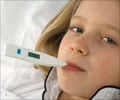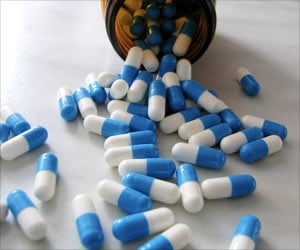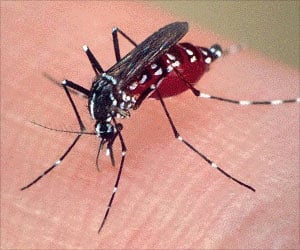A new study has revealed that response to first drug treatment in people with newly-diagnosed epilepsy may signal the likelihood that they will continue to have more seizures.

"Our research shows a pattern based on how a person responds to initial treatment and specifically, to their first two courses of drug treatment," said study author Patrick Kwan, MD, PhD, with the University of Melbourne in Australia.
For the study, 1,098 people from Scotland between the ages of nine and 93 with newly diagnosed epilepsy were followed for as long as 26 years after being given their first drug therapy. Participants were considered seizure-free if they had no seizures for at least a year without changes in their treatment. If they had further seizures, a second drug was chosen to be given alone or to be added to the first. If seizures continued, a third drug regimen was selected, and the process continued for up to nine drug regimens.
The study found that 50 percent of the people were seizure-free after the first drug tried, 13 percent were seizure-free after the second drug regimen tried and 4 percent were seizure-free after the third drug regimen tried. Less than two percent of the participants stopped having seizures on additional drug treatment courses up to the seventh one tried, and none became seizure-free after that.
The research also found that 37 percent of people in the study became seizure-free within six months of treatment. Another 22 percent became seizure-free after more than six months of starting treatment. Both groups continued to be seizure-free. However, 16 percent had fluctuating periods of seizure freedom and relapses, and 25 percent were never seizure-free for one year.
At the end of the study, 749 people (68 percent) were seizure-free and 678 people (62 percent) were on only one drug. The results were independent of the age when the person had the first seizure or the type of epilepsy.
Advertisement
To learn more about epilepsy, visit http://www.aan.com/patients.
Advertisement
For more information about the American Academy of Neurology, visit http://www.aan.com or find us on Facebook, Twitter, Google+ and YouTube.
Source-Newswise














